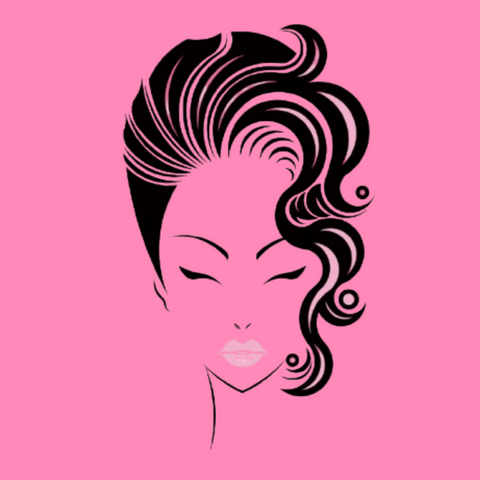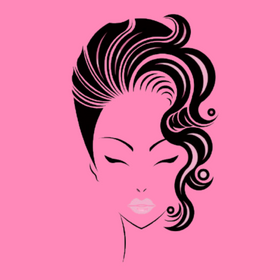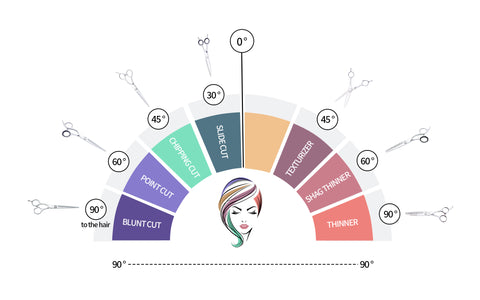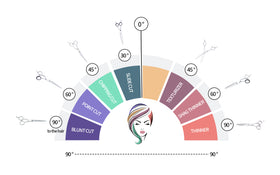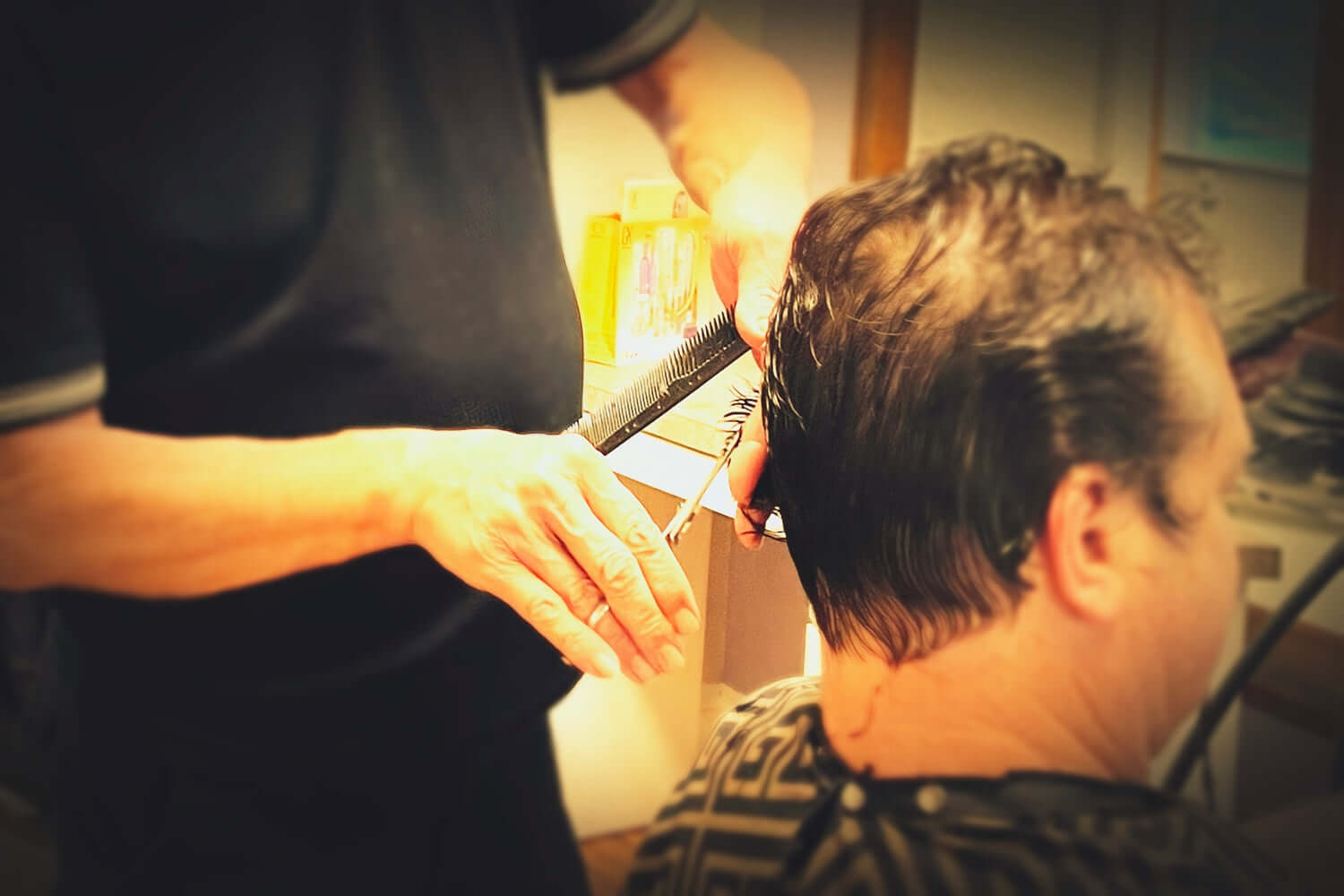First Cut, Best Cut: Why Beginner Stylists Can't Afford the Wrong Shears
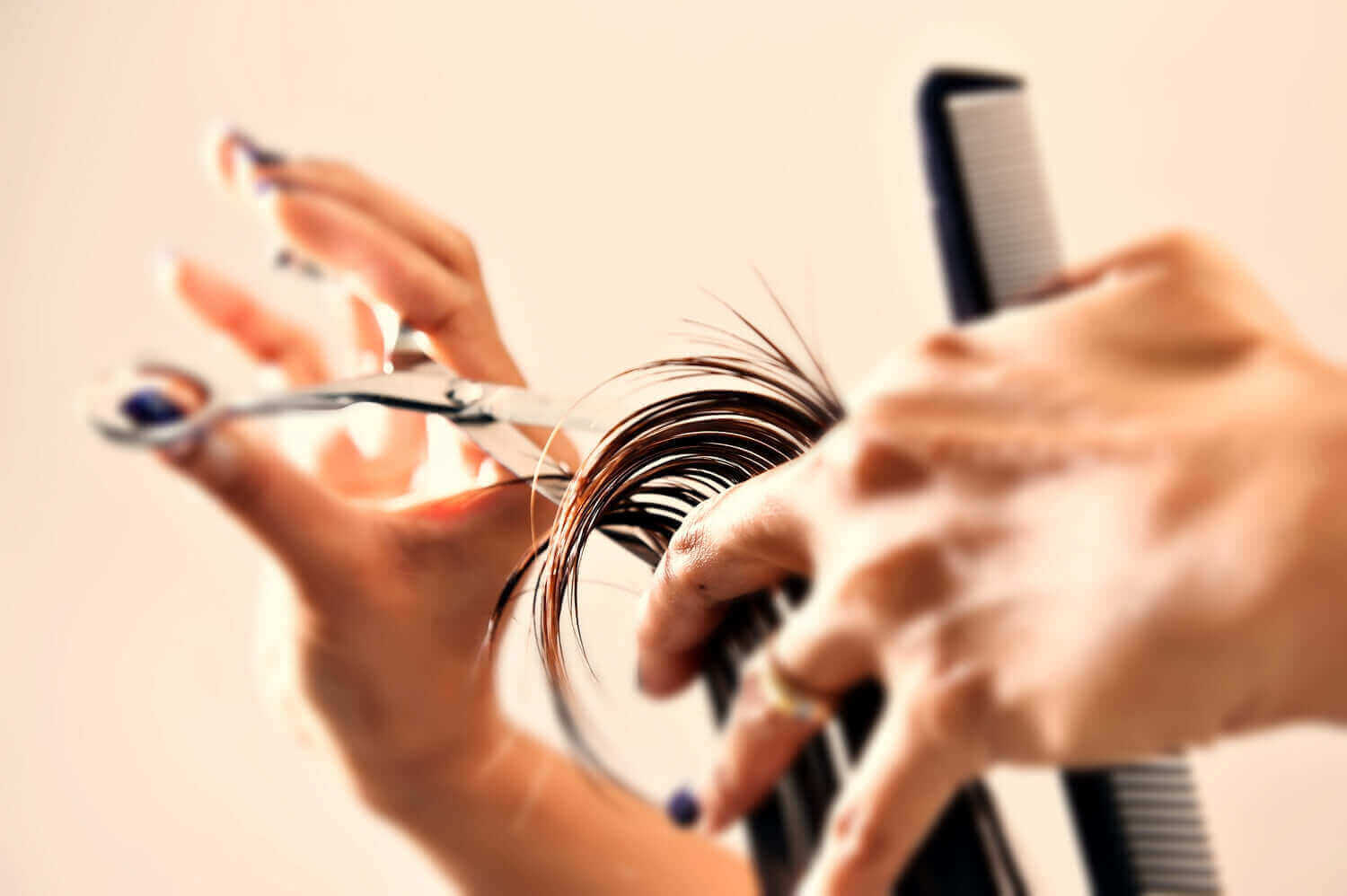
Choosing your first pair of professional hair cutting shears is one of the most important decisions you'll make as a new stylist or barber. The right shears help you build confidence, deliver consistent results, and protect your hands from strain. But the wrong pair? That can lead to frustration, injury, and poor-quality work.
In this guide, we’ll cover the key risks of choosing the wrong scissors and what every beginner needs to know to avoid common pitfalls.
1. Poor Ergonomics Can Lead to Injury
Many new professionals underestimate the importance of ergonomics. If your shears don’t fit your hand or support a natural wrist position, you may develop hand fatigue, wrist pain, or even repetitive stress injuries like carpal tunnel.
Tip: Choose offset or crane-style handles, which reduce strain and allow for better posture during long cutting sessions.
2. Cheap Shears = Uneven Cuts and Unhappy Clients
Low-quality blades can bend hair, snag it, or cause split ends. These issues not only make your work look unprofessional but also affect the client's experience—and their decision to return.
Tip: Look for convex-edge blades, ideally made from high-quality Japanese or German steel. These offer the precision needed to elevate your cutting techniques from day one.
3. Frequent Sharpening Wastes Time and Money
Entry-level shears made with soft steel tend to dull quickly. That means more trips for sharpening, more downtime, and higher long-term costs.
Tip: Invest in shears made with premium steel like VG10 or high-carbon stainless. They stay sharper longer and are easier to maintain.
4. The Wrong Shears Can Slow Down Your Growth
If your tools don’t give you control or feel unstable in your hand, it will be harder to master techniques or speed up your workflow. Growth in this industry depends heavily on confidence—and confidence comes from control.
Tip: Try different lengths and handle styles in person when possible. Even a small change in blade size or thumb placement can make a big difference in how your shears perform.
What to Look for in Beginner Shears
-
Blade length: 5.5” to 6” for versatile cutting
-
Steel quality: Look for Japanese or German stainless steel
-
Edge type: Convex for precision
-
Handle style: Offset or crane for ergonomic support
-
Tension system: A durable, adjustable screw system for easy tuning
Final Thoughts: The Right Tools Build Strong Careers
You don’t need the most expensive shears to start—but you do need the right ones. Tools that match your skill level, hand size, and career goals will set you up for long-term success. Consider them an investment in your health, your work, and your future.
Need help finding the right shears?
We specialize in scissors for beginner stylists and barbers. Whether you're just starting school or taking clients behind the chair, our curated selection is designed to support your journey.
